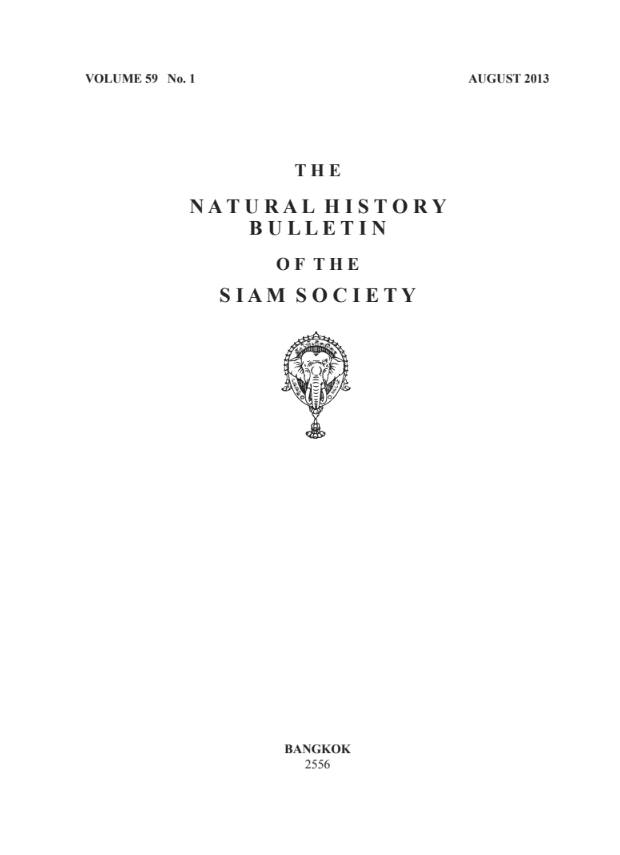Activity Patterns and Home Ranges of Indochinese Leopard Panthera Pardus Delacouri in the Eastern Plains Landscape, Cambodia
Main Article Content
Abstract
Indochinese Leopard Panthera pardus delacouri is amongst the most poorly known Leopard subspecies with few studies on its natural history. I undertook camera-trapping in the core area of Mondulkiri Protected Forest, eastern Cambodia, to examine Leopard activity patterns and home-ranges based on camera-trap encounters with uniquely marked individuals. Understanding Leopard ecology in the protected area is essential given plans to reintroduce Tiger Panthera tigris to the landscape. A total of 50 camera-trap pairs, operational for 3,711 camera-trap pair nights, produced 142 independent encounters with 12 individually identifiable Leopards. Encounters of female Leopards with cubs demonstrated reproduction within the protected area. Minimum convex polygon use-areas of four male Leopards captured more than ten times were between 10 and 93 km2 and covered the entire 210-km2 camera-trapping grid with minimal overlap between individuals. Although methods are not directly comparable, this is larger than previously published Leopard home-range estimates in Asia. Combined with Leopard densities lower than in ecologically similar protected areas in South Asia, this suggests that depressed prey densities are limiting the Leopard population. Leopard activity patterns were correlated with those of Red Muntjac Muntiacus muntjak and Wild Pig Sus scrofa. Additional Leopard research in the landscape featuring diet studies, radio or GPS collaring, and long-term monitoring within a capture-mark-recapture framework, is recommended.


